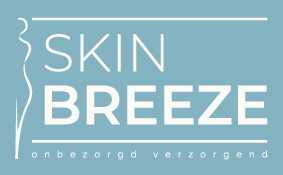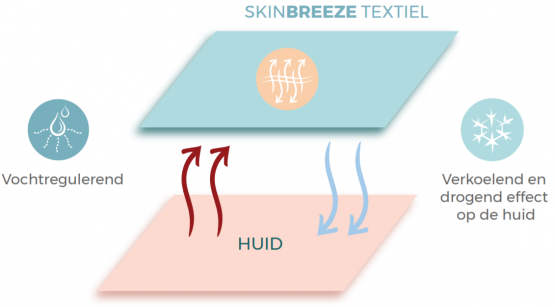The regulation of the microclimate is important for both the comfort and the protection of the skin. Moistures should be absorbed immediately, so the skin remains strong. Sufficient ventilation keeps the air humidity at an acceptable level. This allows evaporation to take place and cools the environment around the skin and body.
When choosing textile that will be in direct contact with the skin, it is important to make sure the textile does not get too moist itself. A common misconception is that the use of certain ‘natural materials’ is a good idea. These ‘natural materials’ often consist of substances that absorb the moisture, instead of spreading and evaporating it. That only works temporarily. As soon as the textile is saturated, it will stay wet and clammy. This makes the air humidity even higher, and that is the exact opposite of what we try to achieve.







